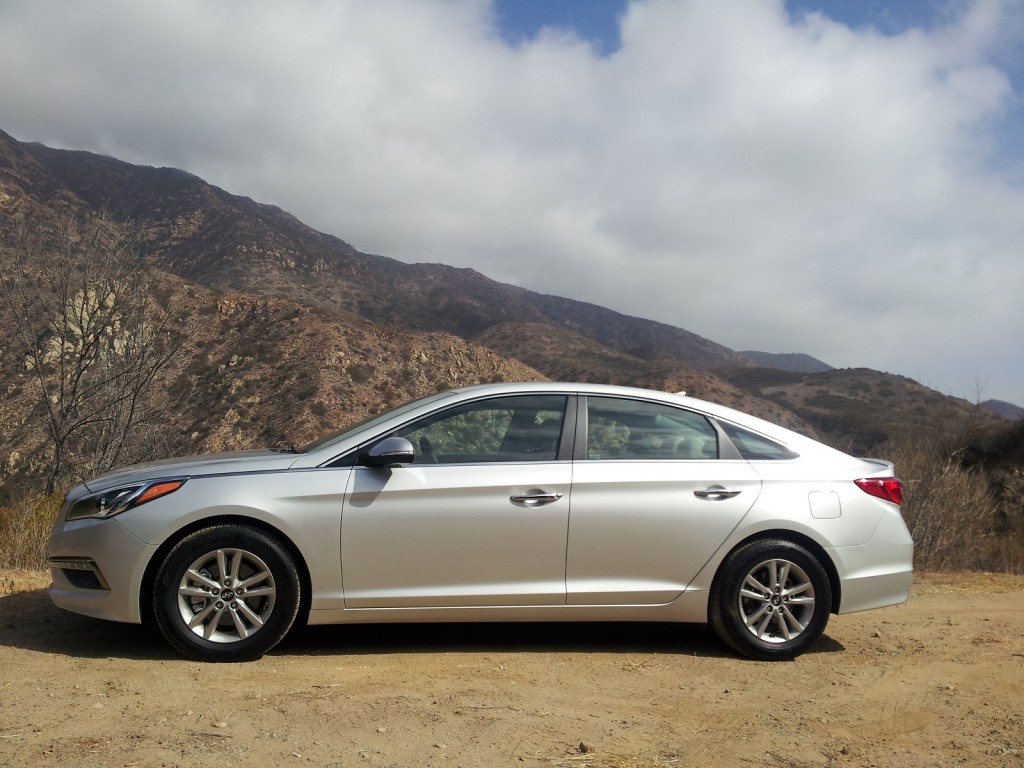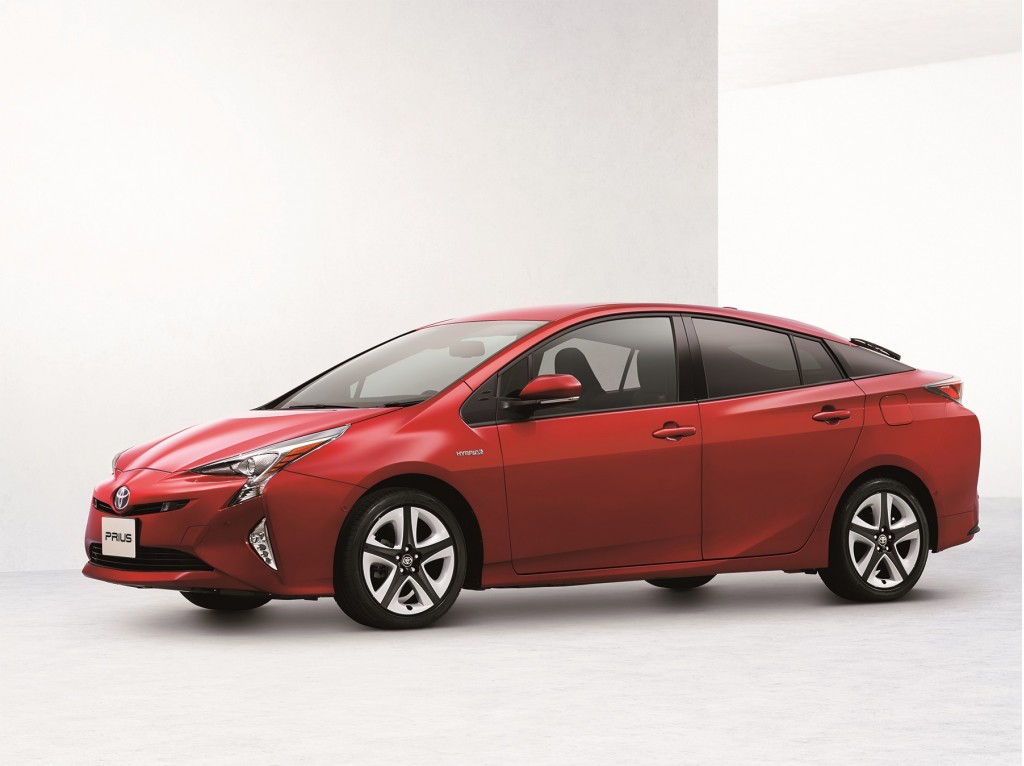While we don't yet know the model name, we do know Hyundai is expected to launch its first dedicated hybrid vehicle at the Detroit Auto Show in January.
That car--codenamed 'AE' for now--will go on sale within a year of the fourth-generation Toyota Prius, the car that has defined hybrid efficiency for more than a decade.
And in its domestic market, Hyundai appears very confident of the car's likely fuel efficiency ratings.
DON'T MISS: Hyundai And Kia Target # 2 Slot In Green Vehicles By 2020
According to an article in the The Korea Herald (via ChargedEVs), the 'AE' hybrid will "outperform" its global competitor, the Toyota Prius--implying that it will beat the 55-mpg combined fuel economy expected for the new 2016 Prius.
The claim was not directly attributed, and the bulk of the article deals with a suggestion earlier this year by Hyundai chairman Chung Eui-sun that plug-in hybrid vehicles will be "the answer to the future survival of the company and the industry."
The subcompact 'AE' will be the world's first vehicle model with hybrid, plug-in hybrid, and battery-electric variants.

Honda Clarity Fuel Cell
(Honda is planning to take the same approach with its upcoming Clarity mid-size sedan, which will be launched with a hydrogen fuel-cell powertrain but eventually spawn both a plug-in hybrid and a battery-electric variant.)
The 'AE' uses some understructure from the next generation of Hyundai's Elantra model, but has its own dedicated design and body.
ALSO SEE: Hyundai Plans Hybrids, Electric Cars & More: 5 Questions With Green R&D Head Ki-Sang Lee
It will be fitted with a 1.6-liter Kappa direct-injected gasoline engine, a single electric motor, and a six-speed dual-clutch transmission. Remove the electric motor, and it's the same powertrain used in 'Eco' models of the current Sonata sedan and new Tucson crossover.
The single-motor Hyundai hybrid system represents a different approach than the longstanding Toyota Hybrid Synergy Drive, which uses a pair of motors that act as an electric version of a continuously variable transmission (or eCVT).

2015 Hyundai Sonata Eco, Malibu, California, Oct 2014
Using two motors (as Ford, GM, and Honda also do) allows one motor to provide torque to the drive wheels while the other acts as a generator, recharging the battery from either excess engine power or regenerative braking.
The Hyundai single-motor system (also used by its sister company Kia) can power the car or recharge the battery--but not both at the same time.
Hyundai has maintained that its earlier generations of hybrids--used in the Sonata and Kia Optima mid-size sedans--provide a more natural driving experience, complete with transmission shifting, than does the Toyota system.
It's at least possible that the third-generation hybrid system to be used in the 'AE' (and its plug-in hybrid sibling) will be able to match or beat the fuel-efficiency ratings of the base 2016 Toyota Prius.

2016 Toyota Prius
It's worth keeping in mind, however, that the Hyundai hybrid is expected to be a subcompact--two car classes down from the Prius, which is defined as a mid-size car by the EPA.
Either way, both vehicles seem likely to face more of an uphill sales battle in an era of $2-per-gallon gas prices than they did when gasoline was higher and more volatile.
Green Car Reports will bring you all the latest news on fuel-efficient and plug-in vehicles from the Detroit Auto Show when it kicks off in January.
_______________________________________













